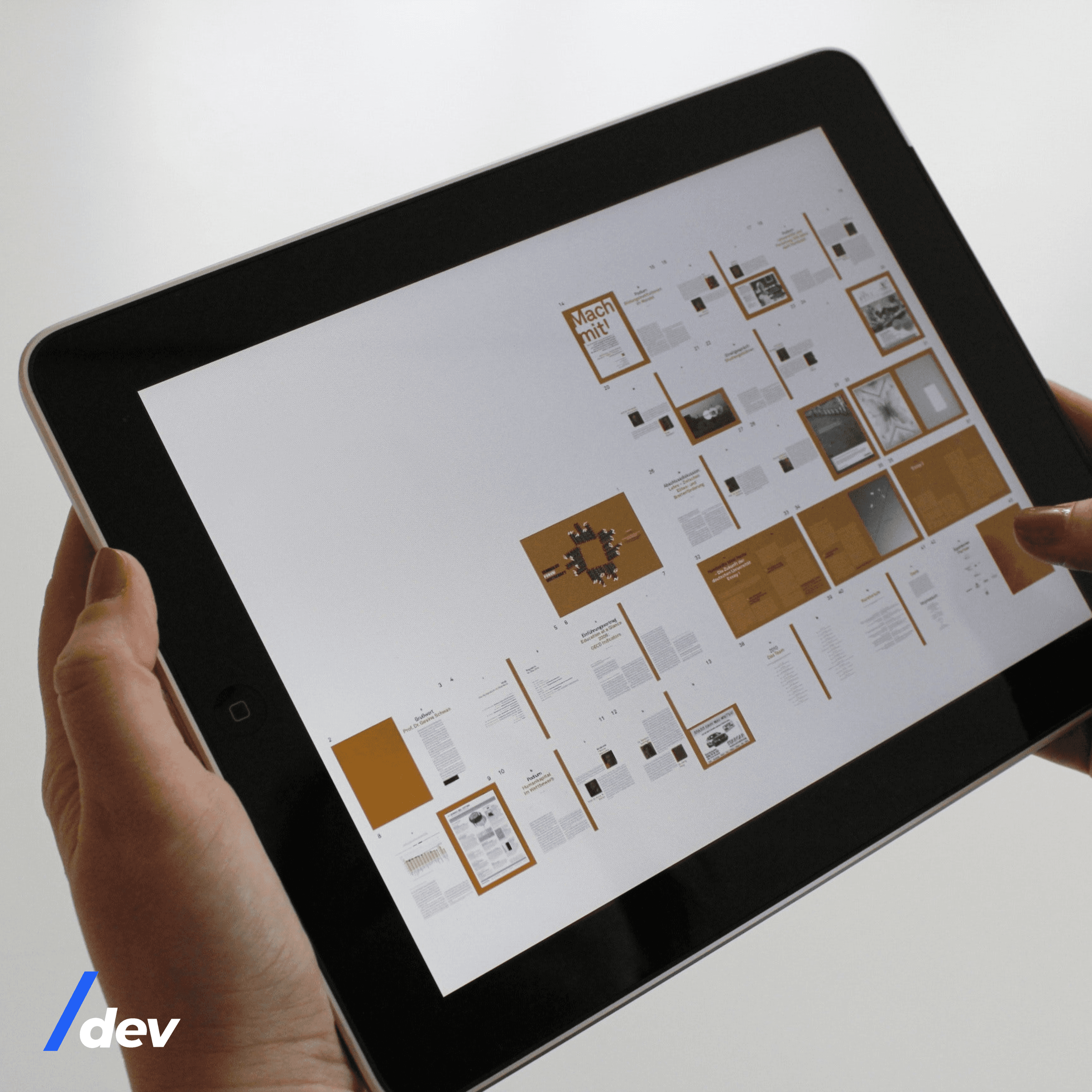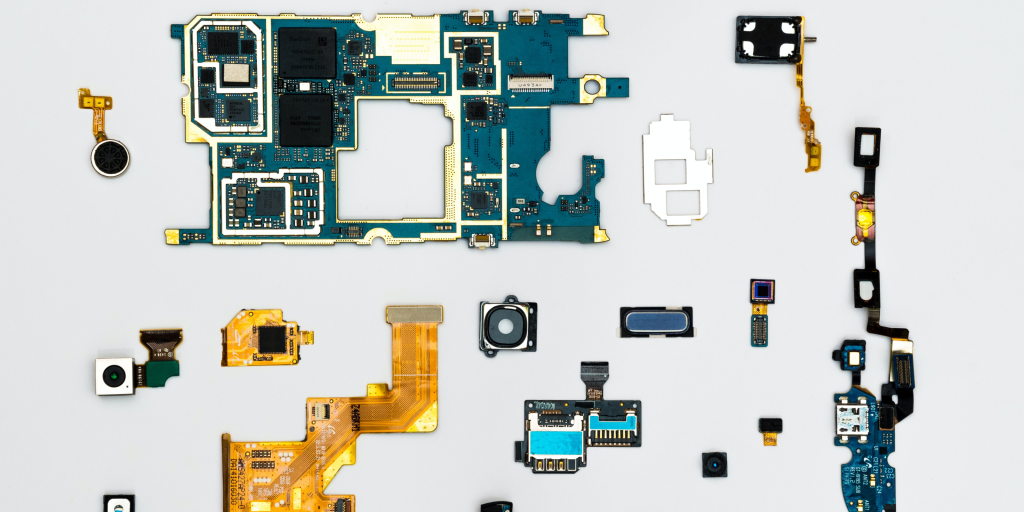Software Services
For Companies
For Developers
Products
Portfolio
Build With Us
Build With Us
Get Senior Engineers Straight To Your Inbox

Every month we send out our top new engineers in our network who are looking for work, be the first to get informed when top engineers become available

At Slashdev, we connect top-tier software engineers with innovative companies. Our network includes the most talented developers worldwide, carefully vetted to ensure exceptional quality and reliability.
Build With Us
The Rise of Edge Computing: Empowering the Internet of Things (IoT)/


Introduction
The rapid growth of the Internet of Things (IoT) has revolutionized the way we interact with everyday objects, from smart homes and wearable devices to industrial automation and healthcare systems. As the IoT ecosystem expands, the demand for real-time data processing, low latency, and enhanced security has led to the rise of edge computing. This article explores the concept of edge computing, its significance in the IoT landscape, and the transformative impact it has on various industries.
Understanding Edge Computing

Definition and Principles
Edge computing refers to the practice of processing and analyzing data closer to the source or “edge” of the network, instead of relying solely on cloud infrastructure. It involves deploying computing resources, such as servers, gateways, and data centers, in proximity to where the data is generated. This proximity enables faster data processing, reduced latency, improved reliability, and enhanced privacy.
Edge Devices and Gateways
Edge computing relies on a network of edge devices and gateways that collect, preprocess, and filter data before transmitting it to the cloud or other central data centers. These devices, including sensors, actuators, and edge servers, enable real-time decision-making and local data storage, reducing the need for constant communication with the cloud.
Advantages of Edge Computing in the IoT
Reduced Latency and Improved Responsiveness
By processing data at the edge, closer to where it is generated, edge computing significantly reduces latency. This allows for faster response times, enabling real-time applications and enhancing user experiences. Critical IoT applications, such as autonomous vehicles and industrial automation, greatly benefit from reduced latency.
Bandwidth Optimization

Edge computing minimizes the amount of data that needs to be transmitted to the cloud. By filtering and aggregating data locally, only relevant and valuable information is sent, optimizing bandwidth usage and reducing network congestion. This is particularly crucial in scenarios where network connectivity is limited or expensive.
Enhanced Security and Privacy
With edge computing, sensitive data can be processed and stored locally, minimizing exposure to potential security threats. Edge devices can perform data encryption, access control, and anomaly detection, providing an additional layer of security. Additionally, edge computing offers better privacy control as data is processed closer to its source, reducing the need to transmit personal information to the cloud.
Applications of Edge Computing in Various Industries
Smart Cities
Edge computing plays a vital role in building smart cities by enabling real-time monitoring of traffic, environmental conditions, and public safety. Local processing of data allows for quick response to events, efficient traffic management, and optimized resource allocation, resulting in improved quality of life for citizens.
Healthcare
In healthcare, edge computing facilitates remote patient monitoring, real-time analysis of vital signs, and predictive maintenance of medical devices. By processing data at the edge, healthcare professionals can make faster diagnoses, monitor patient conditions more effectively, and provide timely interventions, ultimately saving lives.
Industrial Automation
Edge computing revolutionizes industrial automation by enabling real-time data analysis, predictive maintenance, and autonomous decision-making on the factory floor. It empowers machines and robots to make autonomous adjustments, reducing downtime and optimizing production processes.
Future Challenges and Considerations
Standardization and Interoperability
As edge computing continues to evolve, establishing industry standards and ensuring interoperability among diverse edge devices and platforms is essential. Collaboration between technology providers and regulatory bodies is crucial for seamless integration and widespread adoption.
Data Management and Governance
Edge computing generates vast amounts of data, requiring efficient data management strategies and governance frameworks. Organizations must address concerns related to data ownership, security, privacy, and compliance to build trust and maintain transparency.
Conclusion
Edge computing is a transformative paradigm in the IoT landscape, empowering real-time data processing, reducing latency, and enhancing security. The widespread adoption of edge computing will unlock new possibilities across industries, including smart cities, healthcare, and industrial automation. As we embrace the potential of edge computing, it is vital to address challenges related to standardization, data management, and governance to fully capitalize on the benefits it offers. To explore more about edge computing and its role in shaping the IoT ecosystem, visit slashdev.io.

